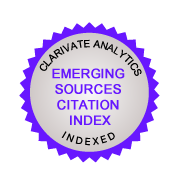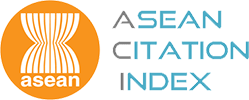The Linearity Property of ASEAN-5 Real Exchange Rates in Pre-Asian Currency Crisis Period
Keywords:
Nonlinearity, Linearity test, ASEAN-5, Real exchange ratesAbstract
This study extends the work of Liew et al. (2003) in two directions. First, it examines whether or not the 1997 Asian currency crisis has resulted in the nonlinearity of ASEAN-5 real exchange rates. Second, it characterizes the type of nonlinearity governing these rates. Results of the current study, among others, show that nonlinearity existed even before the outbreak of the crisis, suggesting that nonlinearity in these rates is not crisis-induced. Moreover, this study provides robust empirical evidence that most of the pre-crisis ASEAN-5 real exchange rates exhibit LSTAR-type nonlinear dynamics, indicating that the market responds with respect to (1) appreciation and depreciation of real exchange rates and (2) the overvaluation and undervaluation of nominal exchange rates towards the purchasing power parity equilibrium levels are asymmetrical in nature. This study is important to central banks and other foreign exchange market players in this ASEAN region especially in the sense that it provides insightful information regarding the effective way of understanding, measuring and monitoring the ASEAN- 5 exchange rates movement.
Additional Files
Published
30-12-2004
How to Cite
Sen Liew, V. K.-., Baharumshah, A. Z., & Lim, K.-P. (2004). The Linearity Property of ASEAN-5 Real Exchange Rates in Pre-Asian Currency Crisis Period. International Journal of Management Studies, 11(2), 43–61. Retrieved from https://e-journal.uum.edu.my/index.php/ijms/article/view/9175
Issue
Section
Articles












